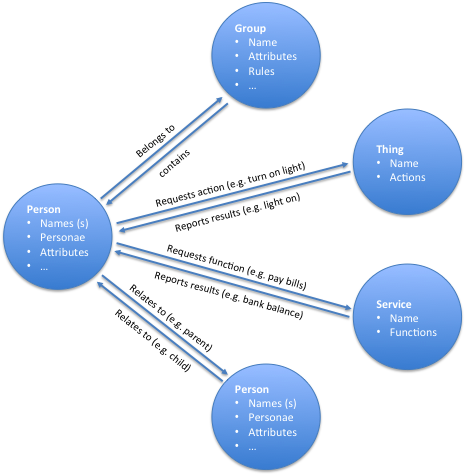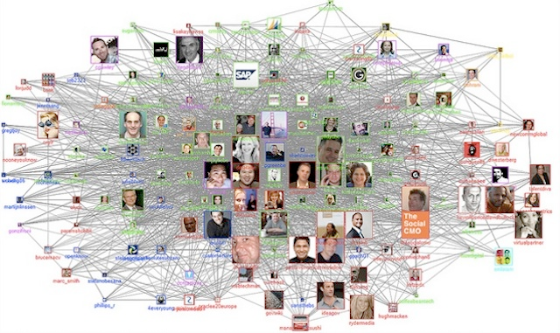Graphs of Identities
Some interesting ideas are swirling in my mind in response to Ian Glazer’s challenge, “Killing IAM in Order to Save It” and Dave Kearn’s article “Pervasive and Ubiquitous Identity.”
Whether or not we need, as Ian suggests, to completely restructure IAM systems in order to progress is still subject for debate, but the concept of thinking about and representing relationships between identities in a directed graph format is intriguing to me.
According to Wikipedia, “Graph databases are based on graph theory. Graph databases employ nodes, properties, and edges.” The following diagram gives a simple example.Â

Â
Using this method, we can visualize identities as nodes, each with relevant properties, and relationships between identities as edges. Â Interestingly, the edges, or relationships, may also have identities and properties of their own. Â
As Dave suggests, identities are not only for people, but for things, platforms and services. Â The simple diagram below begins to illustrate this concept:
Â

Â
Â
The relationships (edges) are primarily verbs that describe what actions the relationship supports. Â A primary role of identity management systems is to establish these relationships between people identities and service or thing identities in such a way that valuable actions can be performed.
These are a few of my thoughts. Â What do you think?
PS. Can anyone recommend a good directed-graph drawing tool for Mac?

 Â
Â